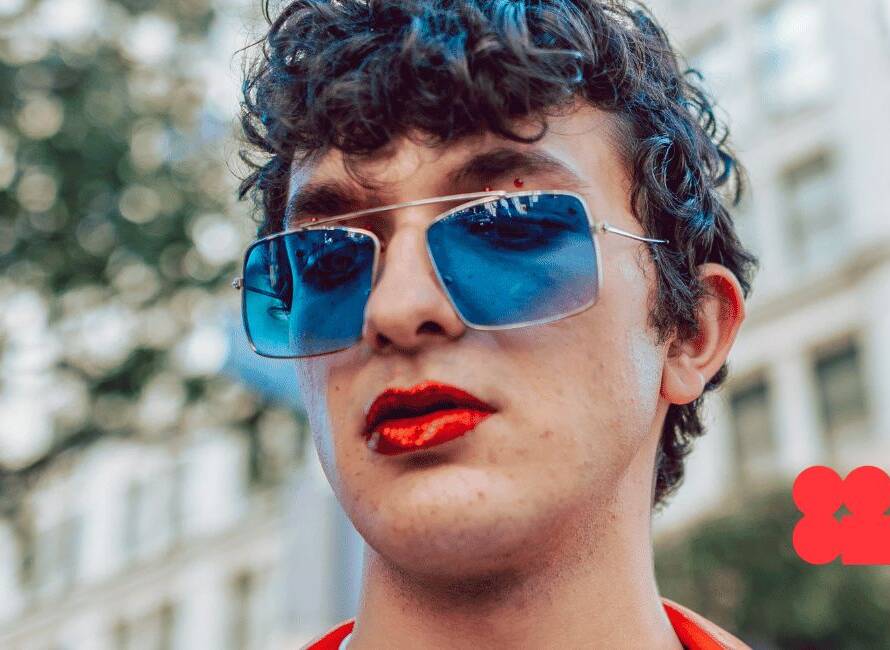A latest trend on TikTok is called “deinfluencing” – an attempt to break the cycle of influencer-promoted products. In an effort to push back against often expensive, unnecessary and trendy products, creators are calling out brands and suggesting to their audiences what they shouldn’t buy.
What does this mean for brands that use influencer marketing and creators that rely on partnerships as their income? Or is this simply influencing by another name?
What is Deinfluencing?
Deinfluencing is a new trend that involves creators promoting less expensive alternatives to the pricey products that are typically plugged on social media. It’s about being more conscious of what people buy and promoting more sustainable and budget-friendly options. The trend feeds into Instagram’s 2023 Trends Report which predicted greater authenticity and diversity in creator content.
TikTok: The Source of the Deinfluencing Trend
The trend of deinfluencing has emerged from TikTok, with over 100 million views on the platform. TikTok has become a hotbed of creativity and innovation, and deinfluencing is just one of the many trends that have emerged from the platform. TikTok has proven to be a powerful tool for creators to share their thoughts and opinions, and the trend of deinfluencing is just one example of the impact that TikTok can have on the influencer marketing industry.
Impact on Influencer Marketing
The impact of deinfluencing on influencer marketing is still unclear. Some experts believe that it will not harm the industry, but instead, it will make it more meaningful. Brands may look more to working with influencers who are very specific to their niche, have a good reputation, and are engaged in their community. Microinfluencers could also play a significant role in this trend as they know how to speak to their niche audience and can balance paid and organic content effectively.
What Brands Can Do to Keep Up
To keep up with the trend of deinfluencing, brands could focus on working with influencers who are genuine and have a good reputation. Microinfluencers may be a good option as they have a more personal connection with their followers. Brands should be aware of the careful balance between paid and natural content, rather than relying exclusively on sponsored materials. Arguably the rise of User Generator Content (UGC) is becoming increasingly valuable for brands and creators alike.
The trend of deinfluencing is a sign that influencer marketing remains a powerful tool, yet brands and creators will need to adjust to meet the evolving desires of consumers. It could be said that deinfluencing is just influencing by another name, as the ultimate goal is still to promote products and services, albeit in a more ‘authentic’ way. It’s difficult to say if the emphasis on being genuine and relatable to followers sets deinfluencing apart from traditional influencer marketing and demonstrates the evolution of the industry, or whether it’s simply another shiny sales tactic for us to open our wallets and add to cart.

